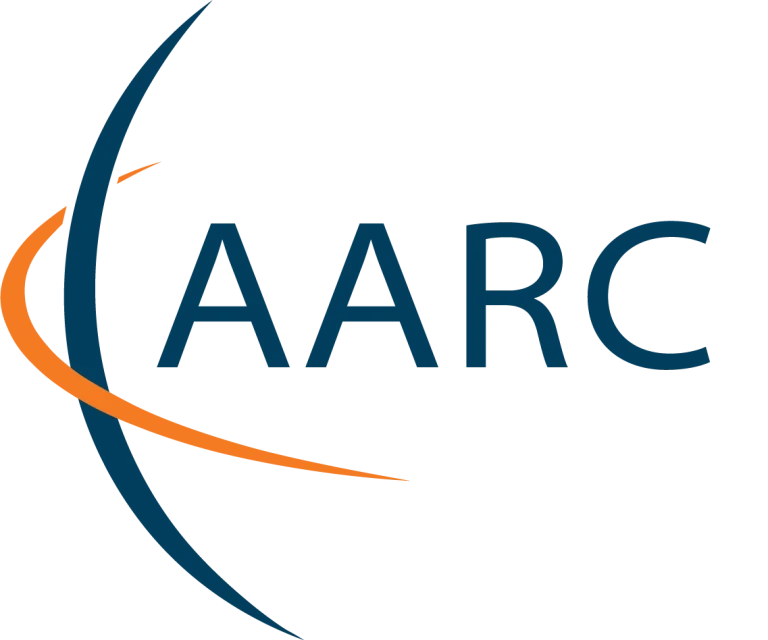Over the next two years, a range of partners from research infrastructures, e-infrastructures, hosting sites, and national research and educations networks (NRENs) will facilitate the revision and enhancement of the AARC blueprint architecture to support a broader spectrum of scientific collaborations use-cases and address emerging technical and policy challenges.
Continuing the AARC evolution
Funded by the EU, the two-year AARC TREE (Technical Revision and Enhance AARC Effectiveness) project is the third of its kind. The two previous projects in 2015-2016 and 2017-2019 resulted in the AARC Blueprint Architecture (BPA) which is a set of accompanying guidelines and the establishment of the AEGIS group. The AARC BPA is a set of software building blocks that can be used to implement federated access management solutions for international research collaborations.
AARC TREE will maintain the strength of the brand, provide funding for additional work, and enable the AARC community to grow.
“AARC TREE continues to provide an open forum for everyone interested in policy and technical aspects. It will ensure that researchers can securely access the resources they need for their work via robust, federated, and interoperable authentication and authorization identity services,” says Licia Florio, who was pleased to see 45 participants at the kick-off meeting in March, extending her gratitude to the core team members who have continued to contribute to the development of AARC both in periods with and without funding from EU.
Also, she was able to welcome new project participants and members of the AARC community, including a delegation from Australian research infrastructures.
AARC TREE Focus
Expected results of the AARC TREE project include a revamped website, a compendium of Authentication and Authorisation best practices across the eScience collaborations, an updated interoperability framework, and recommendations for a common long-term strategy for Authentication and Authorisation services for the eScience community in Europe and beyond.
“The palpable enthusiasm of the attendees set the stage for a promising collaboration for the next two years,” says AARC project coordinator Licia Florio, NORDUnet.
In addition to the AARC BPA enhancement, AARC TREE will collect research infrastructure requirements and use cases to produce a landscape analysis of Authentication and Authorization Infrastructure (AAI) services (and gaps). A consultation with the Research Infrastructures in AARC TREE and beyond is planned for the start of 2025. At the end of its lifetime, AARC TREE will also deliver recommendations for a common long-term strategy for AAI services for the European Research Infrastructures.
About the AARC TREE Project
AARC TREE project started in March 2024 and will run for two years.
The AARC TREE project is structured in eight work packages, some of which starting at a later stage: Technical guidance and architecture. Policy guidelines and harmonization. Use-case collection and analysis. Compendium/recommendations. Bootstrap communication / exploitation. Communication, dissemination, and exploitation. Project management. The adoption of the technical and policy results is facilitated by a validation work package. The adoption of the technical and policy results is facilitated by a Validation work package.

The AARC TREE kick-off meeting was held in Utrecht, March 11-13, 2024, at the premises of SURF, the NREN of The Netherlands.


